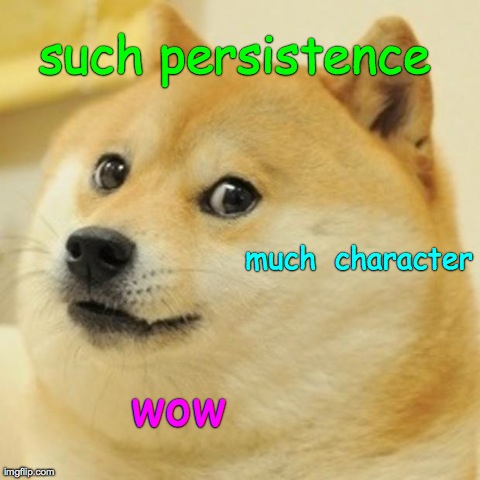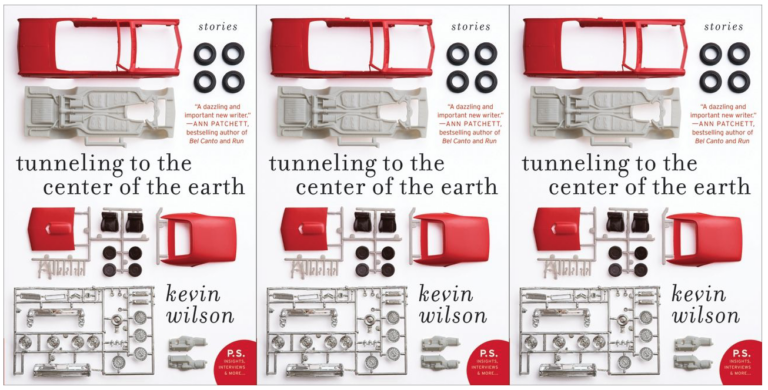“The Word River Doesn’t Know Edges”: A Playlist for Patricia Smith’s Blood Dazzler
Patricia Smith’s Blood Dazzler, a 2008 poetry collection inspired by Hurricane Katrina, reads like a broken heart. It is open and honest and raw. The voices of those who survived Katrina, and those who did not, are both unspeakably sad and incredulous. “Louisiana,” says one nursing home resident in the poem “34,” “goddamn. You lied to me so lush.”
The collection aims to keep Katrina and its victims “in the public consciousness.” It is at once a book about a hurricane and a book about a bratty little sister (“What Bestsy Has To Say”), a woman who broke the hearts of an entire city in one fell swoop (“Katrina”).
What I love so much about this collection, and what I’ve tried to convey through this playlist, is the honesty with which Smith portrays the attitudes of the residents of a city used to hurricanes: stubborn refusals to leave, resolute hope even in the wreckage, and steadfast faith in, and love for, a city even while it’s underwater. She gives everyone from Luther B the dog to Ethel Freeman to a resident cross-dresser equality of voice. Smith doesn’t portray New Orleans or its residents as perfect. She embraces their flaws. “Burgundy Street Blues,” “When the Saints Go Marching In,” “Joyous Sendoff: Feel So Good,” and “Walk on the Wild Side” are songs that I hope convey this spirit.
Meanwhile, songs like “Oh, Katrina” by Anders Osborne and “Katrina” by Red Stick Ramblers address Katrina directly as a home-wrecking woman. But I have to admit that Nancy Sinatra’s “Bang Bang—My Baby Shot Me Down”—one of the saddest heartbreak songs I’ve ever heard (in fact, if it’s still grey where you are, wait until Spring to listen to this one)—rings truer to the tone of Blood Dazzler. It’s a quiet and unassuming song about the sudden loss of a lifelong love. It matches childhood play-violence with the sudden pain of an unexpected break-up, similarly to how the majority of speakers in Smith’s collection are heartsick and shocked by the devastation Katrina brings down on New Orleans.
I remember in 2005, sitting on my porch in Florida, reading about the damage Katrina had done to New Orleans. I remember the footage. I remember clearly thinking, that could have been my house, my town, my family. I wanted to help but felt so helpless.
Fast-forward to 2009.
The morning my volunteer group drove to the Ninth Ward was sunny. I wanted to see it. I wanted to understand. I’d read; I’d seen the documentaries and media coverage; I’d weathered my own countless hurricanes. But I wanted to see for myself the proximity of the levees to this neighborhood. I wanted to understand the gravity of the situation with more than my eyes.
At first the neighborhood looked normal: one-storey homes—a little run-down, but no worse than any neighborhood I’d ever lived in. Trimmed lawns and gardens. But then the houses started to fall away. Boards over windows and doors. The media-famous red and orange crosses spray-painted across four-year-old plywood. (I tried to remember what each number in each corner stood for, and couldn’t.)
A slow decay: Part of the roof missing on one house. Sagging walls and dark, empty windows on another. Homes crumbling, deteriorating at 20 miles an hour.
My friend Raj and I sat in silence up front. It felt wrong to laugh, to crack jokes in the face of all that sadness. The fast-talk and occasional laughter coming from the back of the van made my stomach hurt because of where we were. We drove slowly. Four years later it still looked like Katrina had hit a month ago.
“Wait, stop,” one of the girls in back called out. “I need to take a picture.”
Raj pulled over in front of a weathered, brown-board house. The back of the van emptied out onto the overgrown lawn. A mower hummed in the distance. Insects buzzed in the grass. Strung up on the house: black painted words scrawled across a white sheet.
PLEASE HELP OUR COMMUNITY
That’s it. No exclamation point. No period. Three or four girls pulled digital cameras out of bags and pockets. They lifted them and tried to cram as much of the sign as possible into a single frame. No flash needed.
Later, in the French Quarter, I tried to explain to Raj why I was so upset, how a photograph taken as proof—proof of setting foot in a place of national tragedy—objectifies the disaster area, makes it romantic. It encourages disconnect rather than promoting awareness. It encourages forgetting.
“Some people just deal differently,” he said.
I’d felt rooted in the van. Immobile in my seat. Sickened by the fact that they’d taken pictures of someone’s desperation and so easily walked away.
I say all this because I can feel what Patricia Smith’s collection does with my own heart, in my own gut. It’s why I teach this collection in my composition classes year after year. It’s maybe why the girls I volunteered with took those pictures. This summer it will be 8 years since Hurricane Katrina stormed through New Orleans and other Gulf towns and cities. Blood Dazzler is a collection that simultaneously celebrates and mourns, the point being this: it’s important not to forget the heartbreak even when we’ve moved on, even when we’re no longer staring it in the face.


